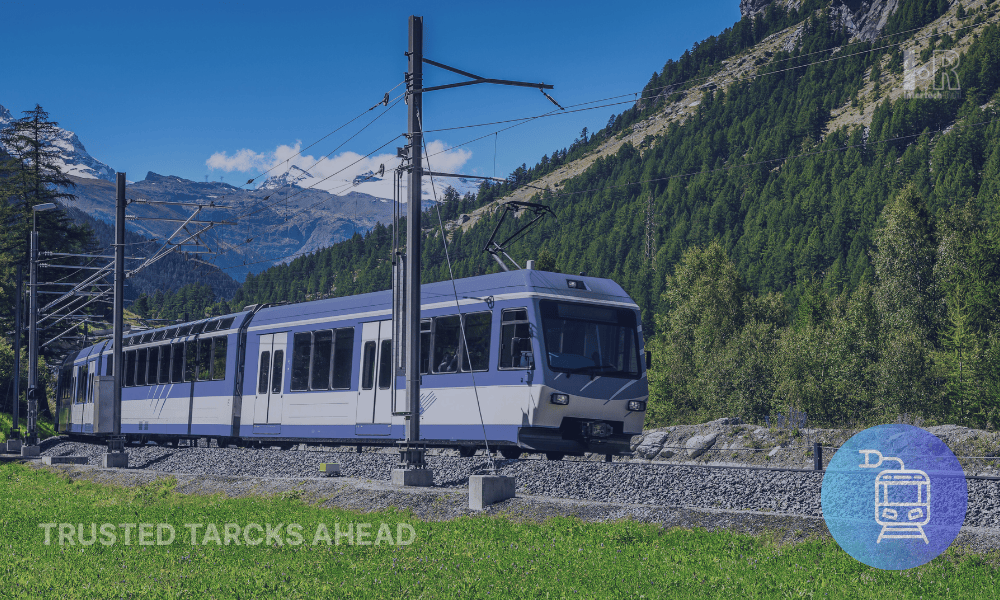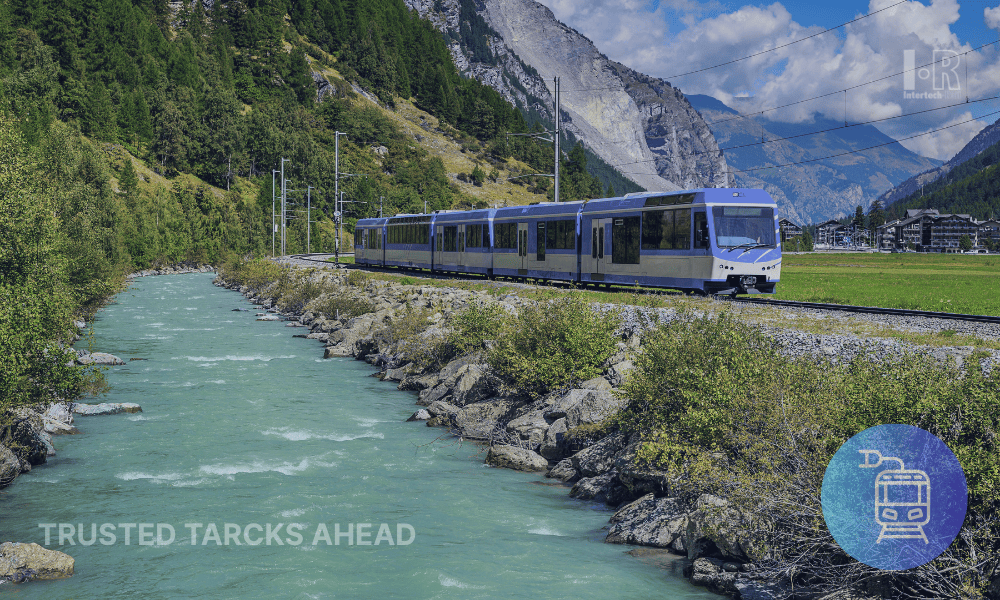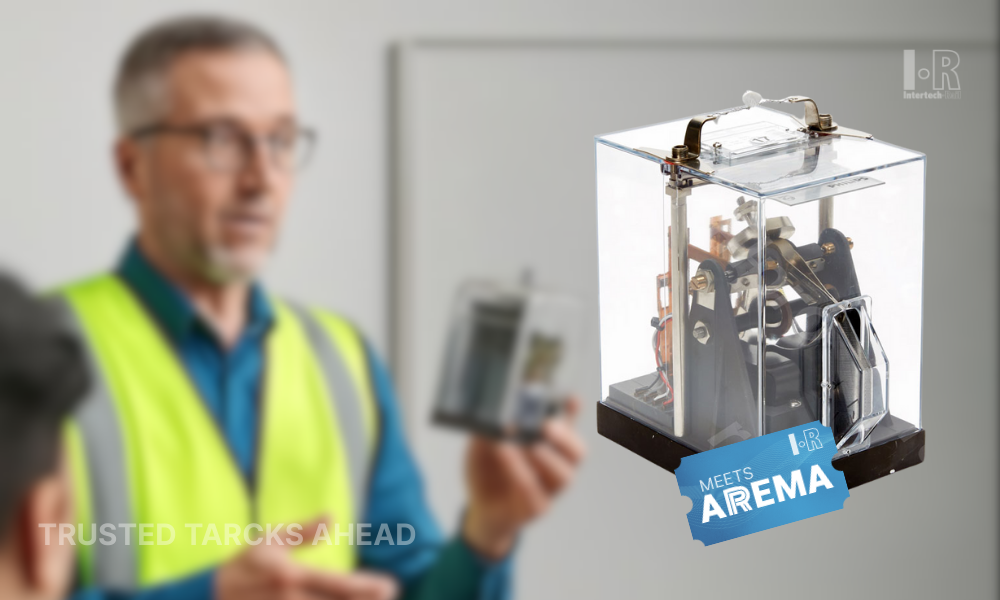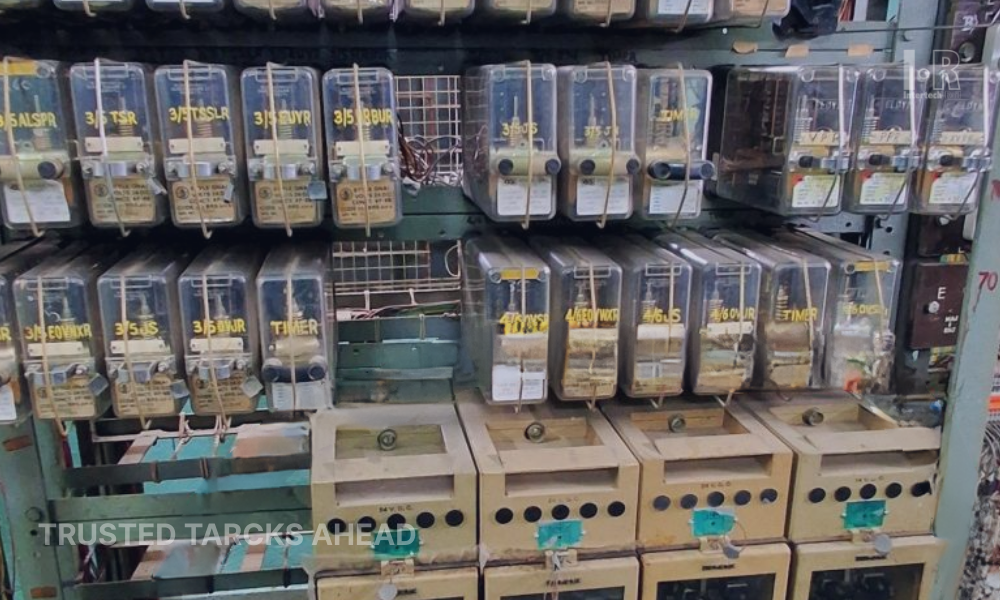Railway Energy Efficiency
Railway Energy Efficiency

Sustainable Technologies and Strategies
Energy economy is not a secondary factor in modern train operations; rather, it is a fundamental essential. Global climate goals, stricter regulations, and rising energy prices have put railway energy efficiency at the forefront of long-term planning.
What was once a technical improvement is now essential to the operation of the company. There is increasing pressure on infrastructure managers and operators to do more with less waste, fewer emissions, and less fuel. This entails implementing data-driven train energy management, cleaner propulsion, and smarter systems
Why Energy Efficiency Is Critical in Rail Today
Environmental Responsibility Is No Longer Optional
Rail has always been more efficient than road or air transport, but today's standards demand more. Governments, investors, and the public are all expecting measurable reductions in energy use and emissions.
How Rail Helps Cut Transport Emissions
Electrified trains already outperform trucks and planes in terms of emissions per ton-kilometer. But that's just the start. Using real-time monitoring, optimizing acceleration curves, and recovering kinetic energy are now essential to improve the full energy profile.
Global Climate Goals and the Rail Response
Change is being driven by national net-zero policies and climate frameworks like the Paris Agreement. In order to remain competitive and compliant, rail operators are reacting by implementing new energy storage models, increasing electrification, and embracing railway green technologies.
Financial Value of Energy-Smart Rail Systems
Lower Consumption = Lower Operating Costs
In many networks, energy can represent 20% or more of total operating expenses. That makes optimization one of the fastest paths to savings. Smart traction systems, automated scheduling, and thermal efficiency in passenger trains all contribute to reduced overhead.
Efficiency Investments with Predictable ROI
Solutions like regenerative braking, onboard batteries, and AI-based control systems have proven ROI, often within just 3-5 years. These tools reduce not only energy consumption but also mechanical stress and maintenance needs. It's not just about being green-it's about being smart.
The Role of Regulation and Reporting
Environmental Compliance Is Driving Innovation
Operators are increasingly subject to detailed reporting requirements on energy use and emissions. Standards like ISO 50001 are becoming common in procurement and public-private contracts. Being energy-efficient is now part of staying in business.
Benchmarking and Transparency
Rail systems are under pressure to set measurable targets, track results, and publish performance. Companies that embed this into daily operations are gaining a lead, not just in compliance, but in public trust and market access.
Proven Strategies for Railway Energy Efficiency
Upgrades in Propulsion and Power
Diesel vs. Electric: Context Is Important
Although electric trains are often twice as efficient as diesel ones, infrastructure frequently determines which option is best in practice. Upgrading diesel systems with contemporary engines and lighter carriages can still result in notable improvements on non-electrified routes.
Battery-powered and hybrid fleets
Particularly in suburban or regional networks, battery-electric and hybrid trains are becoming viable options. They provide cleaner operations in crowded or delicate regions and lessen dependency on overhead wires.
Capturing and Reusing Energy
Regenerative Braking as a Standard
Instead of wasting energy during braking, modern trains can convert kinetic energy into electricity. This recovered power is either reused instantly or stored for later use, significantly reducing net consumption.
Energy Storage and System Integration
Advanced battery systems and supercapacitors allow energy to be stored either onboard or trackside. In some networks, surplus energy is returned to the grid, creating a closed loop of efficiency that benefits both rail operations and the energy sector.
Intelligent Energy Management in Action
Real-Time Monitoring Across the System
Today's train energy management platforms collect data from every part of the train-traction, HVAC, lighting, and auxiliary systems. That data feeds into live dashboards and control centers, where energy usage is tracked and adjusted in real time.
AI-Powered Forecasting and Optimization
Artificial intelligence allows rail operators to go further. By analyzing trends across time, routes, and weather, AI systems can optimize train behavior to minimize energy use without compromising punctuality or safety.
Looking Ahead: The Future of Efficient Rail
The future of rail is not just about faster trains or digital control systems-it's about intelligent, sustainable energy use. Railway energy efficiency is now a business driver, a climate commitment, and a technical advantage.
Companies that embrace this shift, not as a one-time upgrade but as an ongoing strategy, are positioning themselves for resilience and leadership.
At Intertech Rail, we believe rail sustainability starts with data, design, and decisions that make energy work smarter.
Intertech Rail offers a range of intelligent railway solutions — including AEI systems, RFID readers, and smart yard equipment — that support energy-efficient operations and real-time infrastructure management.

Share article

Railway Safety Training: Professional Development Programs for Fail-Safe Relay and Signaling Systems
Explore professional railway safety training programs focused on fail-safe relay and signaling systems, supporting competency, certification, and operational safety.



